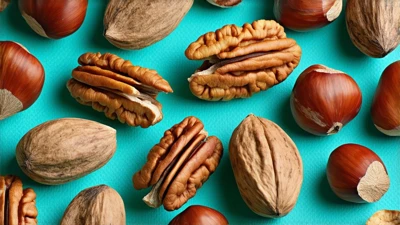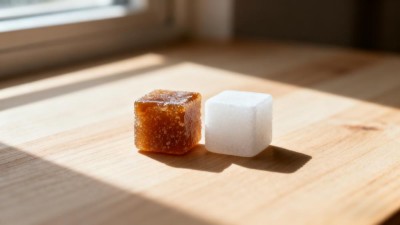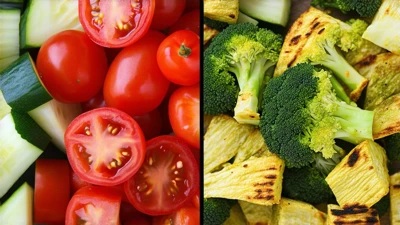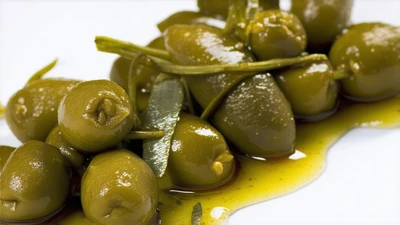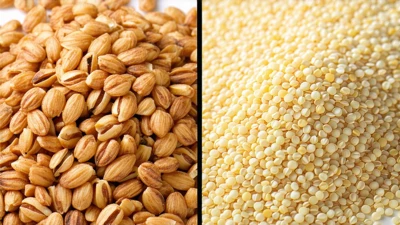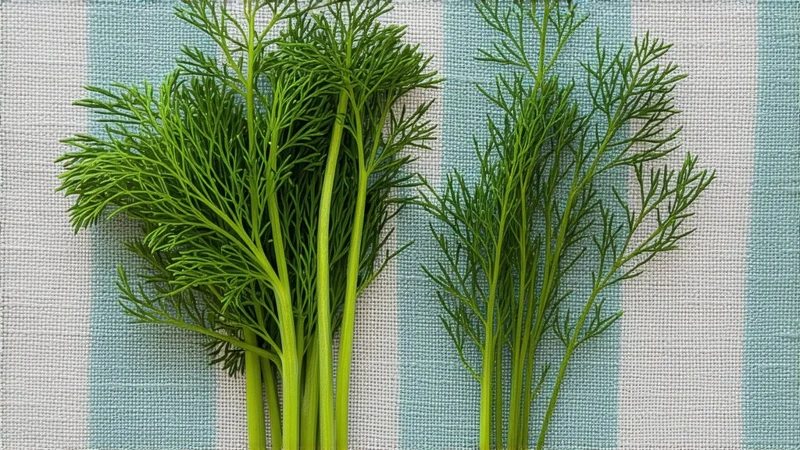
Is Fennel the Same As Dill: The Ultimate Guide for Your Garden
Growing herbs is an art and a science, a combination of utility and creativity. Fennel (Foeniculum vulgare) and dill (Anethum graveolens) are two of the many herbs prized by gardeners, due, in part to their culinary versatility, medicinal value, and ornamental interest. But which is more appropriate for your garden? Let's examine the distinction both in terms of data, scripture, and practical implications.
Botanical Classification: Cousins With Unique Identities
Though both fennel and dill belong in the Apiaceae (carrot) family, their botanical characteristics differ:
Fennel: A more resilient perennial than some sources suggest, in USDA zones 5–10; it is commonly cultivated for its thick stem, feathery fronds and seeds.
Dill: An annual that self-seeds in zones 3–11, grown for its finely cut leaves and umbrella-like clusters of flowers.
Scripture Connection:
"He causeth the grass to grow for the cattle, and herb for the service of man" (Psalm 104:14). Both these herbs fit this verse, as they do both, they are practical and nourishing.
Growing Habits: Perennial vs. Annual
| Trait | Fennel | Dill |
|---|---|---|
| Lifespan | Perennial (3–5 years) | Annual (1 growing season) |
| Height | 3–6 feet | 2–3 feet |
| Root System | Deep taproot (drought-tolerant) | Shallow roots (needs consistent moisture) |
Key insight: Fennel lasts and works well in long-term gardens, while dill is seasonal and perfect for growing in planting cycles.
Light and Soil Needs
Both love full sun (6–8 hours a day) but differ with regard to soil:
Fennel Soil Types: Well drained sandy soil with optimum pH is 5.5–7.5. Can grow in poor soils but must not have soggy roots.
Dill: Needs fertile, loamy soil, pH 5.5–6.5. Needs consistent moisture for tender leaf.
Data Highlight: A 2022 Journal of Horticultural Science study reported that dill yields can be 30% higher in high nitrogen soils, whereas fennel does not respond much to fertilization.
Watering Frequency
Fennel: Deep water once a week; drought-tolerant once established
Dill: Water every 2–3 days to keep the soil moist.
Fennel may rot if overwatered, while dill leaves taste bitter if it is under-watered.
Flavor Profile: Licorice or Citrus
Fennel: Sweet, anise-y flavor (bulb, seeds, fronds).
Dill: Bright, tangy notes, hints of lemon and parsley (leaves, seeds).
Culinary Note: Fennel will work its magic in Italian sausages or on roasted vegetables; dill dazzles in gravlax or tzatziki.
Cuisine-Specific Applications
| Cuisine | Fennel | Dill |
|---|---|---|
| Mediterranean | Braised in tomato sauces, salads | Rarely used |
| Scandinavian | Limited use | Essential for pickled herring |
| Indian | Seeds in spice blends | Leaves in lentil dishes |
Nutritional Content
| Nutrient | Fennel (100g raw) | Dill (100g raw) |
|---|---|---|
| Vitamin C | 20% DV | 144% DV |
| Iron | 7% DV | 15% DV |
| Dietary Fiber | 3.1g | 2.5g |
Source: USDA FoodData Central (2023)
Health Benefits
Fennel: Relieves bloating and colic (through anethole oil).
Dill: Anti-inflammatory, may boost heart health (flavonoids)
Scripture Wisdom:
"My son, eat thou honey, because it is good" (Proverbs 24:13). Fennel and dill are herbs; honey is not, but give sweetness and healing of sorts.
Pest Control Companion Planting
Fennel: Deters aphids but stunts the growth of beans and tomatoes.
DILL: Attracts ladybugs (which prey on aphids) and stimulates cabbage growth.
Pro Tip: Replace dill near brassicas and never plant fennel with herbs.
Harvesting and Storage
Fennel: Bulbs when 3–4 inches in diameter; seeds when brown.
Dill: Cut leaves when needed, harvest seeds once flowers have dried.
Storing: Freeze dill in olive oil; dry fennel seeds in paper bags.
Space and Container Gardening
Fennel: 12–18 inches spacing, do not grow in containers (taproot depth)
Dill: Grows well in pots (12-inch diameter), adequately drained.
Invasive Tendencies
Fennel's boisterous self-seeding puts it into the invasive category in California and Australia. Dill is also prolific but rarely a problem.
Climate Adaptability
Fennel: Heat tolerant (up to 95°), frost intolerant.
Dill: Frost-tolerant (down to 25°F) but bolts in extended warmth.
Pollinator Attraction
Both produce umbel flowers that bees love. Fennel flowers July–September; dill June–August.
Medicinal and Cultural Importance
Fennel: Used in Ayurveda for digestion; Sprout symbolize strength Greek mythology.
Dill: Part of Egyptian cures and a sign of prosperity in medieval Europe.
Beginner-Friendliness
Dill for easy growing, fennel wants spacing and soil prep.
Environmental Impact
Fennel's deep roots control erosion, but consume less water (1–1.5 inches per week). Dill, with its shallow roots, requires more frequent irrigation.
Final Verdict
Choose Fennel If:
You want a perennial that packs boldly flavored and ornamental punch.
Your garden is well-drained, with plenty of space to spread.
Choose Dill If:
You focus on perennial harvests for your fresh herbs or pickling.
You're new to gardening or doing so in cooler climates.
Personal Opinion: I favor dill because it is so adaptable and works with pollinators. But the crunch of fennel's licorice in salads is irreplaceable.
Scripture Closing:
"The seed that sprouts and grows up and produces fruit" (Mark 4:28). Both types, fennel or dill, flourish when settled with care, and they honor the Creator's bounty.
Sources: USDA, Journal of Horticultural Science (2022), University of California Agricultural Extension.











